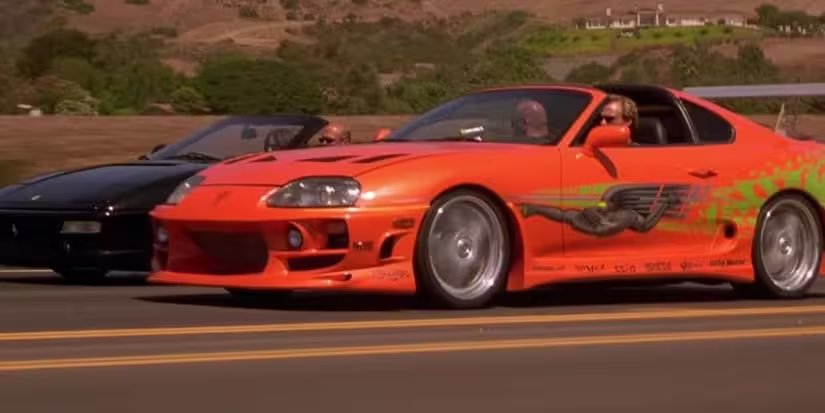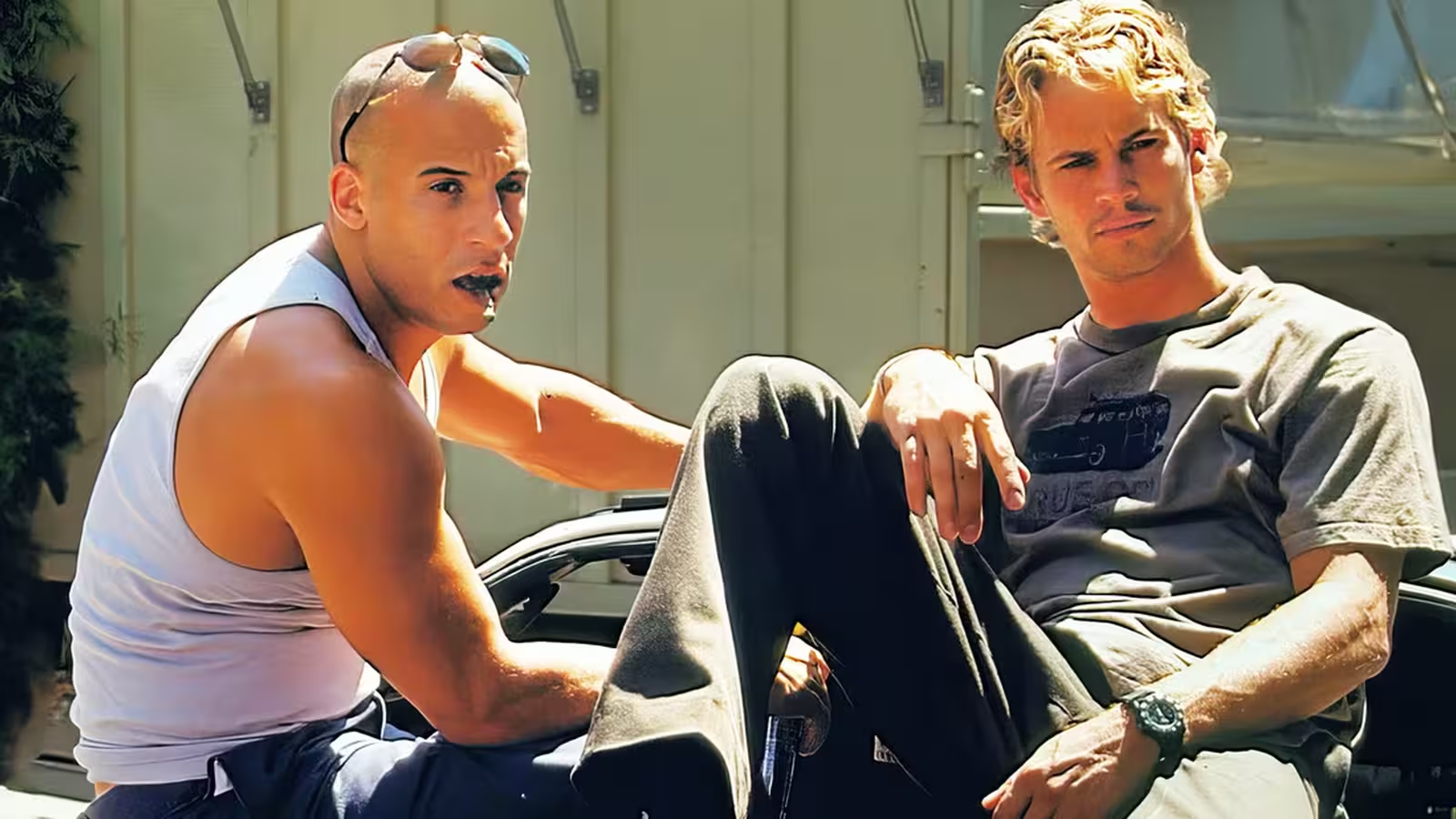5 Minutes
Introduction: When Movie Magic Meets Real Mechanics
The Fast & Furious franchise is famous for escalating its stunts from street-level races to globe-trotting, physics-defying set pieces. Yet even the original 2001 film, which many fans consider the most grounded entry, doesn't escape scrutiny. In a popular breakdown by the car-focused YouTube channel Donut, professional mechanics revisit the first movie and explain why some iconic moments would never survive a real-world safety inspection.
Plot Summary: A Close Look at the Classic Starter
The Fast and the Furious follows LAPD officer Brian O'Conner as he goes undercover to infiltrate Dominic Toretto's street-racing crew. Blending undercover cop drama with tuner culture, the film introduces a cast of characters—Dominic, his sister Mia, Letty, and the crew—while building to a climactic drag race that cements loyalties and rivalries. This film launched a billion-dollar franchise and shaped modern car cinema.
Cast and Crew
Directed by Rob Cohen and produced by Neal H. Moritz, the movie introduced audiences to Vin Diesel (Dominic Toretto) and Paul Walker (Brian O'Conner) as on-screen opposites who form an uneasy bond. The supporting cast—Michelle Rodriguez, Jordana Brewster, Chad Lindberg and others—helped create a believable underground racing subculture. On the creative side, the screenplay leaned on real tuner jargon and car personality to sell authenticity.

Production Details: Street Racing Culture on Film
Shot on location around Los Angeles, the production mixed real cars from the tuner scene with staged stunts and practical effects. The filmmakers consulted automotive crews to get the look right: custom paint, neon lighting, and performance parts that spoke to early-2000s street racing. Yet when mechanics watched the finished product closely, they found dramatic license in the driving sequences.
Scene Analysis: Why the Final Race Defies Physics
The Donut video zeroes in on the film's final drag race, where Dominic's car performs a front-wheel “wheelie” while simultaneously roasting its rear tires in a burnout. Real automotive experts say this combination breaks basic vehicle dynamics: a wheelie requires dramatic rearward weight transfer and traction at the driven wheels, while a simultaneous burnout needs opposite wheel grip and torque application. According to these mechanics, the move would upset balance, send the car forward unpredictably, and likely end the race before it began. Some even argue the engine damage Dom sustains mid-race would have forced retirement, not a cinematic comeback.
Mechanics' Verdict: Entertaining but Implausible
In short: the scene works wonderfully on-screen—it's visceral, memorable, and cinematic—but it doesn't hold up under scrutiny from automotive professionals. Suspension of disbelief is at work, and the film prioritizes spectacle over strict realism.

One Realistic Moment: Jesse's Tuning Dialogue
Mechanics praised one rare moment of authenticity: Chad Lindberg’s character Jesse discussing a car’s fuel map. Lines like "Lengthen the injector pulse another millisecond, tune the NOS timing, and you'll run nines" are surprisingly accurate tuner-speak. Where much franchise dialogue drifts into techno-babble, Jesse’s explanation resembles genuine tuning advice, earning nods from experts.
Critical Reception and Impact
Critics at the time called the film an energetic crowd-pleaser—some praised its fresh portrayal of street racing, others flagged plot thinness. Over time, the movie’s legacy has grown beyond critics: it created a template for car movies, influenced pop culture, and inspired both fandom and professional debate about realism in cinema stunts.
Personal Take: Why Realism Isn't Always the Point
As a fan of film and automotive culture, the takeaway is twofold: celebrate the moments that feel authentic, like the tuning talk, and accept the ones that prioritize adrenaline. The Fast and the Furious sells emotion, family, and spectacle. The mechanics' critique enriches our appreciation—knowing what would happen in real life makes the movie’s risks feel even bolder on screen.
Source: screenrant



Leave a Comment